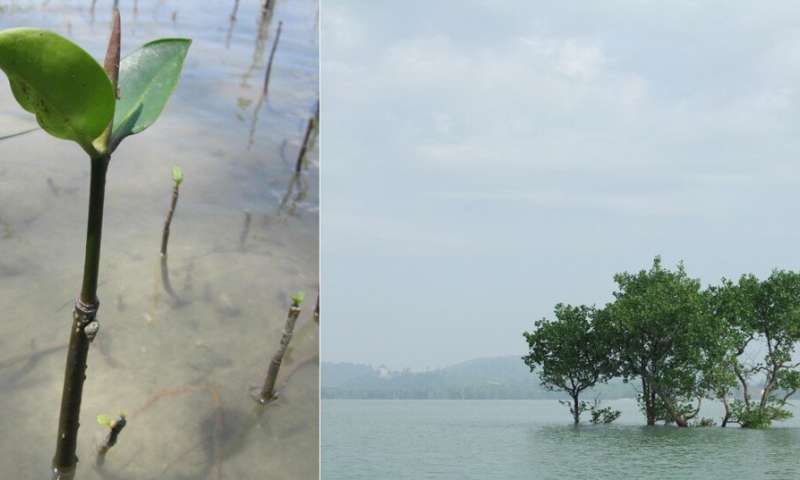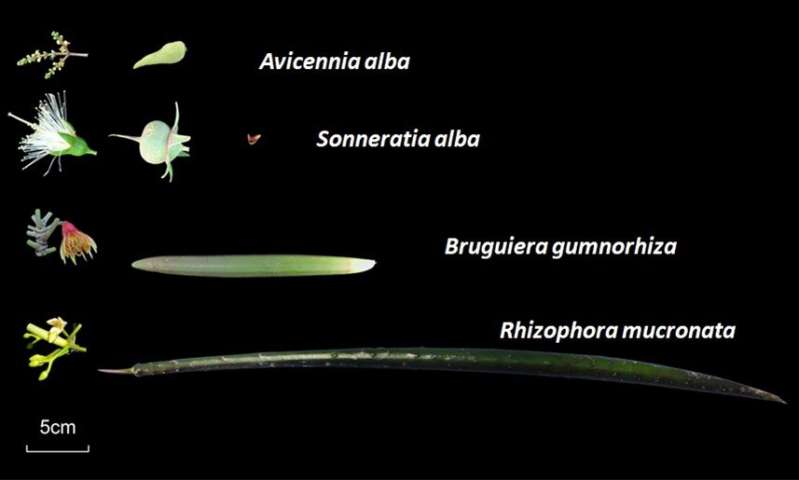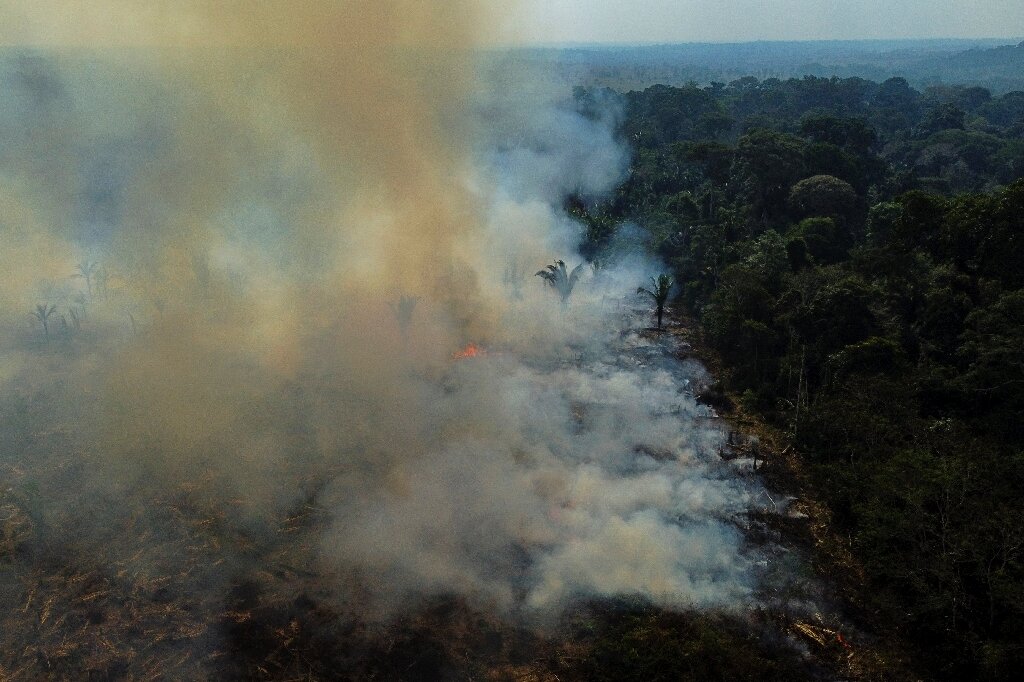#The Malay Peninsula is a dispersal barrier to certain mangrove species
“#The Malay Peninsula is a dispersal barrier to certain mangrove species”

NUS ecologists showed that mangrove tree species with seeds/seedlings that float and survive shorter periods at sea have limited ability to disperse across the Malay Peninsula.
Southeast Asia, with its thousands of islands and complex geological history, is one of the most interesting regions in the world to test ideas about dispersal by sea. The distribution and genetic patterns of coastal organisms that we see today contain signatures of their past dispersal activities and allow us to examine how genes moved across this complex landscape impact dispersal activities at present.
A research team led by Prof Edward WEBB and comprising his then Ph.D. student, Dr Alison WEE from the Department of Biological Sciences, NUS used molecular tools to examine the genetic relationship among populations of four commonly occurring mangrove species in Southeast Asia. They showed that the Malay Peninsula functions as a filter to genetic exchanges between the South China Sea and the Malacca Strait. Mangrove species with seeds/seedlings that float and survive longer were able to disperse between coasts while those with lower dispersal potential were largely limited to one side of the peninsula. A closer look at mangrove populations along the Malacca Strait revealed that species with limited dispersal ability had a genetic structure that contains signatures of their historical colonisation route dating back 10,000 years ago. In contrast, species with higher dispersal potential showed that a greater proportion of the genetic structure is associated with recent migration.

These results highlight the distinct lineage history of mangrove populations in this region and the effects of dispersal barriers, such as the Malay Peninsula, on genetic exchange. In particular, the findings underscore the importance of long distance dispersal in maintaining populations with naturally fragmented distribution, like mangroves.
If you want to read more Like this articles, you can visit our Science category.
if you want to watch Movies or Tv Shows go to Dizi.BuradaBiliyorum.Com for forums sites go to Forum.BuradaBiliyorum.Com



